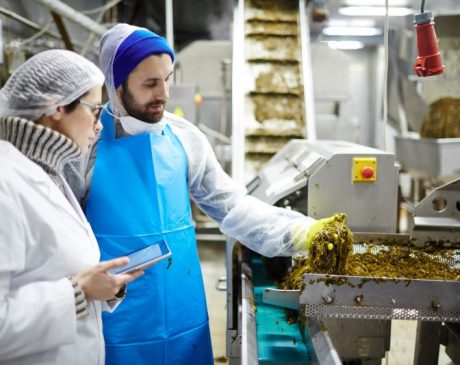Navigating Through Shades: How Window Blinds and Food Shortage Intersect

In a world where resource management is critical, even the most mundane objects can have unexpected connections to major global issues. Take window blinds, for instance. Often seen as mere accessories to control sunlight and privacy, they hold a surprising link to one of humanity’s most pressing concerns: food shortage.
The Overlooked Impact of Window Blinds
Window blinds, those ubiquitous fixtures in homes and offices, may seem inconsequential when considering broader societal challenges. However, they possess environmental and economic implications that extend far beyond their primary function.
1. Energy Efficiency
One of the primary purposes of window blinds is to regulate indoor temperature and lighting. By adjusting the blinds, occupants can control the amount of sunlight entering a room, thereby reducing the need for artificial lighting and air conditioning. This not only lowers energy consumption but also decreases utility bills, making blinds for home a practical choice for environmentally conscious consumers.
2. Material Sourcing and Production
The manufacturing process of window blinds involves various materials, including wood, plastic, aluminum, and fabric. Each material has its own environmental footprint, from extraction or cultivation to processing and transportation. For instance, wooden blinds contribute to deforestation if not sourced sustainably, while plastic blinds contribute to plastic pollution.
3. Waste Management
Like any product, window blinds have a lifecycle that eventually culminates in disposal. Improper disposal methods, such as landfilling, can lead to environmental degradation and resource wastage. Moreover, the disposal process itself requires energy and resources, further exacerbating its ecological impact.
The Nexus with Food Shortage
At first glance, the connection between window blinds and food shortage may seem tenuous. However, a deeper examination reveals an unexpected intersection driven by resource allocation and societal priorities.
1. Resource Diversion
The production and maintenance of window blinds require significant resources, including land, water, energy, and raw materials. These resources could potentially be redirected to more essential sectors, such as agriculture, to alleviate food shortage. In regions grappling with food insecurity, every resource diverted to non-essential industries represents a missed opportunity to address hunger.
2. Socioeconomic Factors
The affordability of window blinds varies depending on factors such as material quality, brand reputation, and installation complexity. While some individuals may view blinds as discretionary spending, others may consider them essential for comfort and privacy. Consequently, disparities in wealth and access exacerbate existing inequalities, hindering efforts to combat food shortage and poverty.
3. Environmental Degradation
The environmental footprint of window blinds extends beyond their immediate use to encompass their entire lifecycle. Unsustainable sourcing practices, energy-intensive manufacturing processes, and improper disposal methods contribute to environmental degradation, which in turn affects agricultural productivity and exacerbates food shortage. Moreover, climate change, driven in part by human activities such as deforestation and greenhouse gas emissions, poses further challenges to food security.
Towards Sustainable Solutions
While the link between window blinds and food shortage underscores systemic issues within society, it also presents opportunities for positive change. By adopting sustainable practices and fostering a holistic understanding of resource management, we can mitigate the adverse effects of both environmental degradation and food insecurity.
1. Sustainable Design and Production
Manufacturers can prioritize eco-friendly materials, energy-efficient processes, and waste reduction strategies in the production of window blinds. Additionally, consumers can support companies that adhere to ethical and sustainable practices, thereby incentivizing the adoption of environmentally responsible manufacturing techniques.
2. Resource Allocation and Prioritization
Governments and policymakers play a crucial role in addressing food shortage by allocating resources effectively and promoting equitable distribution. By reassessing priorities and investing in initiatives that enhance food security, they can mitigate the adverse effects of resource diversion and socioeconomic disparities.
3. Community Engagement and Advocacy
Individuals can contribute to the fight against food shortage by raising awareness, supporting local initiatives, and advocating for systemic change. By fostering a sense of solidarity and collective responsibility, communities can empower themselves to address complex challenges and build a more resilient future.
Conclusion
In the intricate tapestry of global issues, seemingly unrelated phenomena often intersect in unexpected ways. Window blinds, mundane as they may appear, offer valuable insights into the complex interplay between environmental sustainability, socioeconomic dynamics, and food security. By acknowledging these connections and embracing sustainable solutions, we can navigate through shades towards a brighter and more equitable future for all.


